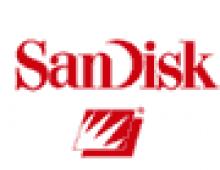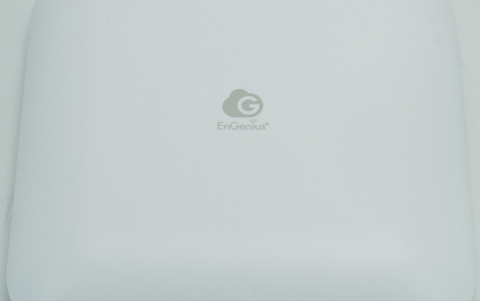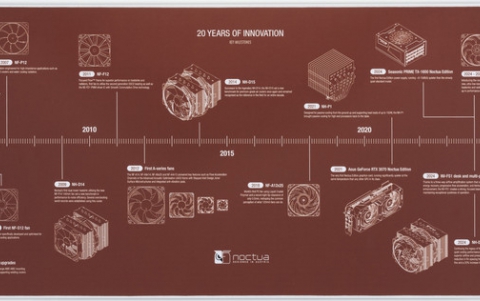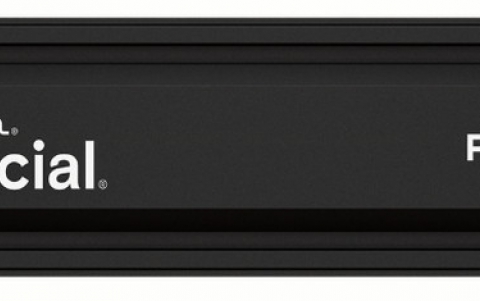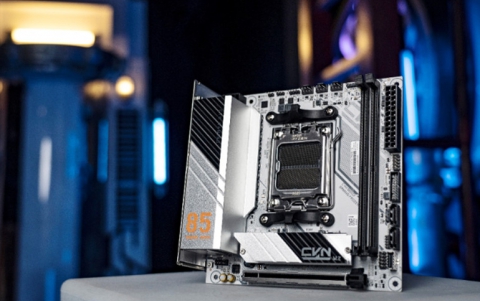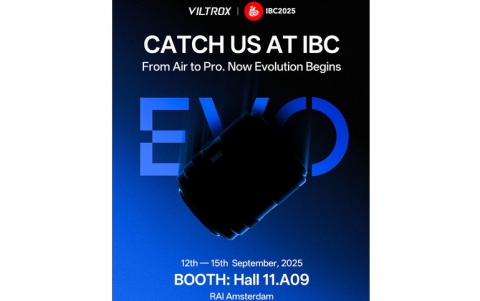How to convert your music
2. Audio Format Explenations
Review Pages
There are a lot of audio formats that are available but which of them is the best? The answer depends on your needs. Initially, we can categorize them into 2 basic types of audio format, lossless and lossy formats. Read carefully through the format descriptions below to find the one best suited to your needs.
Lossless formats: With a lossless format, you will have the highest fidelity (based on the original source of course). Typical examples are Audio CD tracks. You can use this format if you don't care about the final size of your audio files (it can be about 40 MB for a 4 minute audio track) and you will need to use your your PC to listen to these because lossless formats are not usually supported by portable devices such as mp3 players.
Lossy formats: The most popular formats are the lossy formats, such as mp3 and wma. When we convert an audio file into a lossy format, we want higher fidelity with audio that we need to hear most clearly (such as music) and we can be more tolerant with audio where we are less likely to notice any difference (speech). Lossy compression techniques can compress the audio file more than 10 fold without having any noticeable loss in fidelity.
Lossless formats
 Monkeys Audio (APE): Monkeys Audio is a lossless audio compression codec. Unlike lossy codecs such as MP3, Ogg Vorbis, or Advanced Audio Coding that permanently discard quality to save space, Monkeys Audio compresses audio in a mathematically perfect way, creating bit-for-bit copies. Therefore, a file compressed with Monkey's Audio always sounds the same as the source file, no matter how many times the resulting file is burnt to a CD, ripped and re-encoded. The best compression ratio that can be obtained is 4:1.
Monkeys Audio (APE): Monkeys Audio is a lossless audio compression codec. Unlike lossy codecs such as MP3, Ogg Vorbis, or Advanced Audio Coding that permanently discard quality to save space, Monkeys Audio compresses audio in a mathematically perfect way, creating bit-for-bit copies. Therefore, a file compressed with Monkey's Audio always sounds the same as the source file, no matter how many times the resulting file is burnt to a CD, ripped and re-encoded. The best compression ratio that can be obtained is 4:1.
 Free Lossless Audio Codec (FLAC): FLAC is a free and open-source codec that is similar to MP3, but lossless. Unlike lossy codecs such as MP3 and Ogg Vorbis, FLAC does not remove any information from the audio stream. It will only obtain a maximum of 4:1 compression but usually 2:1 for normal use so a 4 minute track will take up about 20 MB. Although it is similar to Monkeys Audio, it loses slightly in the compression ratio compared to Monekys audio as well as in speed.
Free Lossless Audio Codec (FLAC): FLAC is a free and open-source codec that is similar to MP3, but lossless. Unlike lossy codecs such as MP3 and Ogg Vorbis, FLAC does not remove any information from the audio stream. It will only obtain a maximum of 4:1 compression but usually 2:1 for normal use so a 4 minute track will take up about 20 MB. Although it is similar to Monkeys Audio, it loses slightly in the compression ratio compared to Monekys audio as well as in speed.
Lossy formats
Advanced Audio Coding (AAC): Also called MPEG-4 AAC, this audio codec is the continuation from the MP3 codec created by Fraunhofer-Gesellschaft. Due to advances in the technology, AAC files encoded at a 96 kbps bit rate, sound slightly better than MP3s encoded at 128 kbps.
 MPEG Layer 3 (MP3): Although it's compression routines are not the best, mp3 has become the most widespread standard for audio compression. It is capable of 10:1 compression with no noticeable loss in quality. MP3s have become a popular way to distribute CD quality music on the Internet. By using this format of compression, a normal audio track is compressed to around 3 - 4MB in size. Nowadays, every portable audio device, media player and standalone DVD player supports this format.
MPEG Layer 3 (MP3): Although it's compression routines are not the best, mp3 has become the most widespread standard for audio compression. It is capable of 10:1 compression with no noticeable loss in quality. MP3s have become a popular way to distribute CD quality music on the Internet. By using this format of compression, a normal audio track is compressed to around 3 - 4MB in size. Nowadays, every portable audio device, media player and standalone DVD player supports this format.
![]() MPEG-4 Part 14 (MP4): This is a file format specified as part of the ISO/IEC MPEG-4 international standard. It is used to store media types defined by the ISO/IEC Moving Picture Experts Group and can be used to store other media types as well. It is, or will be, typically used to store data in files, though it will be used in data streams and possibly in other ways. MP4 can contain both audio and video files and the main audio format is Advanced Audio Compression (AAC).
MPEG-4 Part 14 (MP4): This is a file format specified as part of the ISO/IEC MPEG-4 international standard. It is used to store media types defined by the ISO/IEC Moving Picture Experts Group and can be used to store other media types as well. It is, or will be, typically used to store data in files, though it will be used in data streams and possibly in other ways. MP4 can contain both audio and video files and the main audio format is Advanced Audio Compression (AAC).
 Windows Media Audio (WMA): Window's Media Audio is Microsoft's audio encoding format that is starting to gain popularity due to its high quality output at lower file sizes. A 96 kbps (and in some tests a 64 kbps) wma file is equivalent in sound quality to a 128 kbps MP3 file. It is strongly recommended for uses where there is limited memory capacity. It is the most popular format after mp3.
Windows Media Audio (WMA): Window's Media Audio is Microsoft's audio encoding format that is starting to gain popularity due to its high quality output at lower file sizes. A 96 kbps (and in some tests a 64 kbps) wma file is equivalent in sound quality to a 128 kbps MP3 file. It is strongly recommended for uses where there is limited memory capacity. It is the most popular format after mp3.
![]() Ogg Vorbis (OGG): Ogg Vorbis is an free and open-source digital audio compression format like MP3. Just like mp3, it offers variable-bitrate encoding options, for better efficiency. The algorithms Ogg Vorbis uses to decide which information to discard, differs from those used by MP3. As a result, Ogg Vorbis produces files that are significantly smaller than MP3s with similar sound quality. It is becoming more and more popular and a lot of standalone players are starting to support it. (Like i-river flash, CD players and Rio Karma).
Ogg Vorbis (OGG): Ogg Vorbis is an free and open-source digital audio compression format like MP3. Just like mp3, it offers variable-bitrate encoding options, for better efficiency. The algorithms Ogg Vorbis uses to decide which information to discard, differs from those used by MP3. As a result, Ogg Vorbis produces files that are significantly smaller than MP3s with similar sound quality. It is becoming more and more popular and a lot of standalone players are starting to support it. (Like i-river flash, CD players and Rio Karma).
Review Pages


